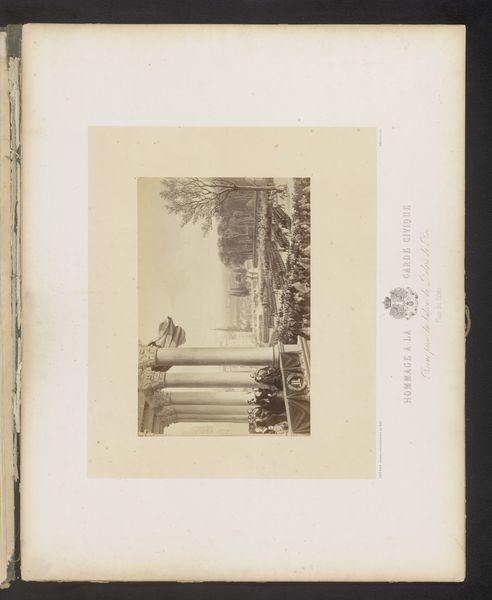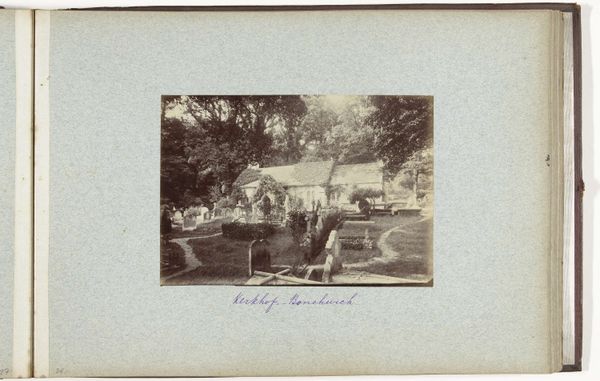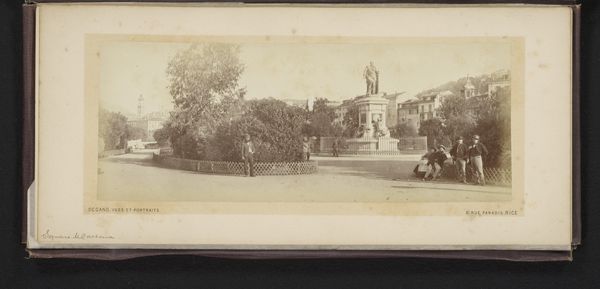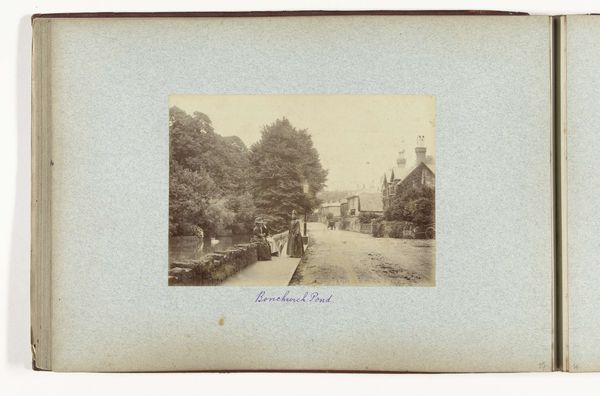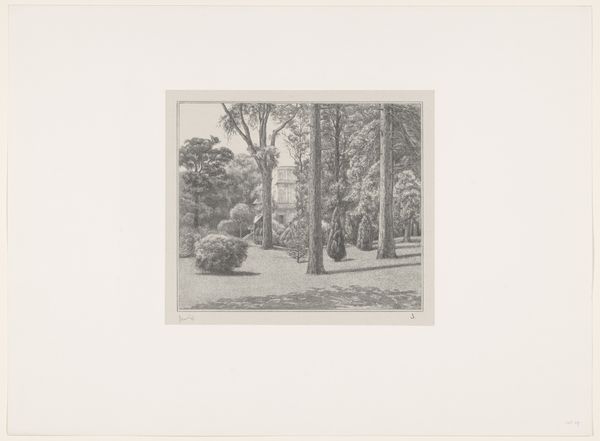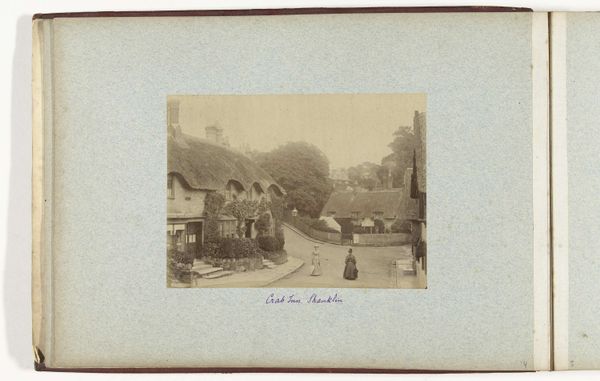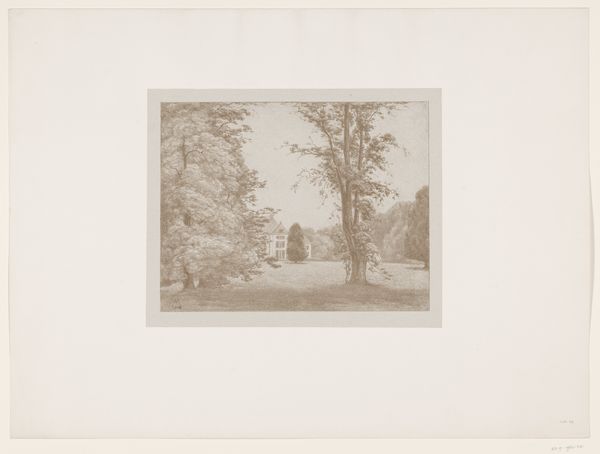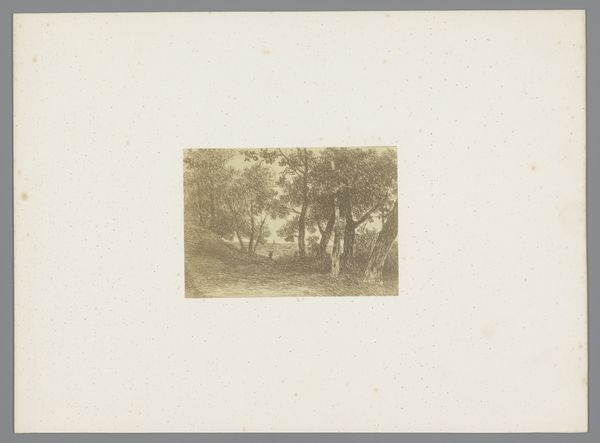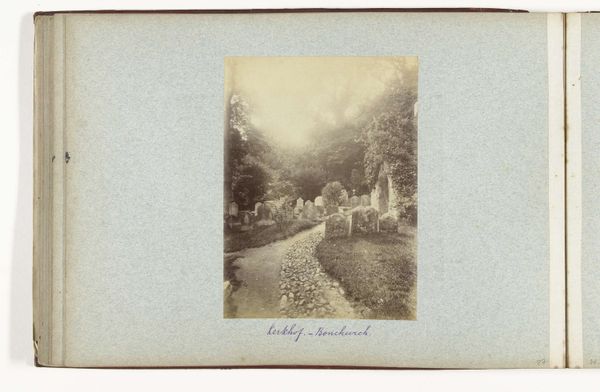
photography, gelatin-silver-print
#
portrait
#
landscape
#
photography
#
gelatin-silver-print
#
street
#
realism
Dimensions: height 125 mm, width 174 mm
Copyright: Rijks Museum: Open Domain
Editor: Here we have a gelatin silver print, "Twee ruiters op straat in Bonchurch," or "Two Riders on a Street in Bonchurch," possibly from 1889, attributed to Henry Pauw van Wieldrecht. It's a very unassuming photograph at first glance, very subdued tones. It seems almost like a casual snapshot. What do you see in this piece that maybe I'm missing? Curator: Well, it’s interesting you call it unassuming. In the late 19th century, photography was rapidly evolving from a primarily documentary medium to one embracing artistic aspirations. Consider the social context: the rise of amateur photography fueled by innovations in camera technology and accessibility. This image, in its apparent casualness, might be interpreted as a challenge to established, more posed, photographic portraiture and landscape traditions. The seemingly mundane subject – two riders on a quiet street – actually invites us to consider the shifting role of photography in representing everyday life and leisure for the wealthy. What do you make of the location, Bonchurch? Editor: I see what you mean. It does seem very staged given your insight of photography's documentary shift to amateur snapshots. And Bonchurch? Is that the UK? This scene doesn't feel "real" and authentic anymore with these people having the leisure to parade in their horses. I wouldn’t be surprised to know that that's not accessible at that time for everyone. I initially just saw "two people on a street", now I know this represents more than just that. It depicts the history of access, privilege and leisurely past time. Thank you! Curator: Exactly! Think about Bonchurch, a fashionable resort for the wealthy during this period. Van Wieldrecht isn’t simply capturing a street scene; he’s presenting a curated view of upper-class life, subtly reinforcing social hierarchies through his photographic gaze. The act of leisure itself becomes a form of performance for the camera, even a way for the elite to re-assure themselves with such scenery! Editor: So it is, in its own way, political. Curator: Precisely. The politics of imagery are often hidden in plain sight, aren't they? This photo reminds us that even seemingly simple depictions carry complex cultural and historical weight.
Comments
No comments
Be the first to comment and join the conversation on the ultimate creative platform.

